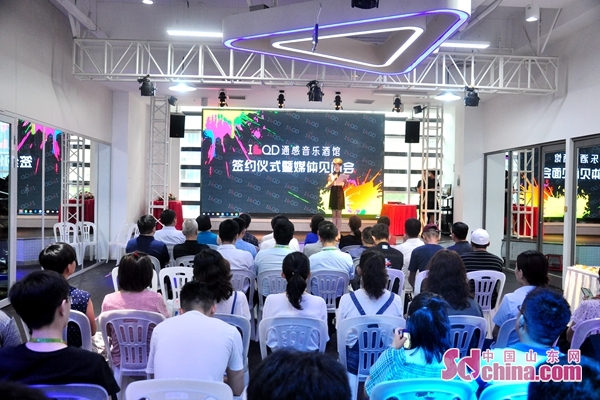‘Nanostitches’: MIT glue to make aircraft material light, crack
By subscribing, you agree to our Terms of Use and Policies You may unsubscribe at any time.
MIT engineers have just figured out how to make lighter and more durable composite materials that could impact the aerospace industry.
Building an aircraft presents a particular challenge. Planes must be extremely resistant, strong, and lightweight. For that reason, engineers use titanium, aluminum, steel, and composites such as polymers and carbon fiber.
Engineers at MIT are thus trying to solve a basic problem.
Featured Video RelatedTypically, a plane’s lifespan is about 20-30 years, but they can retire even sooner. Every 50-100 hours, a plane needs a check-up though this timeframe seems to vary. On top of that, planes cost a lot to build— upwards of millions of dollars.
While no one wants these check-ups to become less frequent, engineers at MIT decided to support aerospace engineering by figuring out how to fabricate an advanced composite material that would, at least, make the whole plane more structurally sound.
But composite materials present a challenge— they are almost like a sandwich of materials. There’s space between their layers. Engineers typically use a special kind of glue to fill these spaces.
However, in case of an impact, it can start to crack without any visible damage on the outside. Even normal events like a runway kickup or a tool drop can cause a crack in these materials. This can lead to a sudden breakdown of the plane, even without a warning.
Now, these engineers at MIT are getting into the nitty-gritty of how to fill these spaces with something better than glue.
Welcome to the future of aerospace: nanostitching
At necstlab, MIT engineers developed something called “nanostitching.”
First, they grew a forest of nanotubes so small that tens of billions of these tubes can fill an area smaller than a fingernail. They used a process called “chemical vapor deposition,” which caused carbon to settle onto a surface as tiny, hair-like supports. Once those hairs were removed, these densely packed tubes of carbon remained. They acted like a bonding agent, or an ultrastrong Velcro, so it kept the layers tightly together.
The lab has been testing this reinforcement method, and some promising results have been seen.
“There’s evidence to suggest they are better than standard-thickness composites, says Brian Wardle, professor of aeronautics and astronautics at MIT.
The engineers just evaluated how crack-resistant nanostitching made an advanced composite material, known as thin-ply carbon fiber laminates, which can be used in aircraft, automotive manufacturing, shipbuilding, and even sports equipment because they’re lightweight and resistant.
“We wanted to see whether there might be synergy between our nanostitching and this thin-ply technology, since it could lead to more resilient aircraft, high-value aerospace structures, and space and military vehicles,” Wardle says.
It turns out that the nanostitching technique passed the test. They cracked the composite’s edge at the outset to determine if that crack would spread. “The nanostitched samples were up to 62 percent tougher and more resistant to cracks compared with the same advanced composite material that was held together with conventional polymers.”
“You could have selective reinforcement of problematic areas, to reinforce holes or bolted joints, or places where delamination [separation or cracks] might happen,” says Carolina Furtado, the study’s first author. “This opens a big window of opportunity.”
The engineers published their results in the journal ACS Applied Materials and Interfaces.










